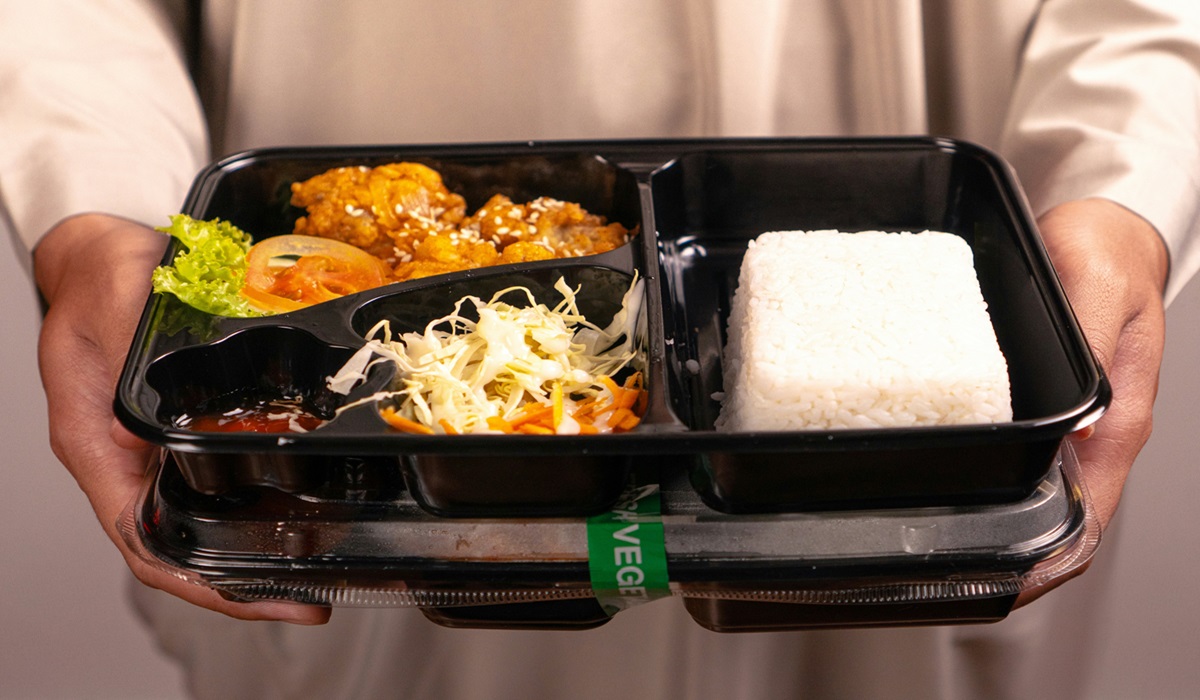Japan’s Fresh Food Culture vs. The Processed West: A Tale of Two Diets
- Naomi Dela Cruz
- Trending News
- Food
- June 30, 2025

Image Credit, Defrino Massy
Japan and the West stand on opposite ends of a dietary spectrum — one dominated by fresh, hand-prepared meals; the other flooded with processed, packaged convenience. The contrast is striking and has far-reaching implications for public health, especially when obesity and diet-related illness are reaching epidemic levels in places like the United States and Canada.
In Japan, most processed foods are either outright banned from school systems or heavily discouraged in daily life. Packed lunches — like the bento boxes Japanese students bring — aren’t filled with vacuum-sealed snacks or microwavable entrees. Instead, they’re composed of rice, vegetables, grilled fish, and other freshly prepared ingredients. School cafeterias serve meals that are cooked on-site daily, designed by nutritionists, and often eaten together in a communal setting that emphasizes balance and gratitude.
The cultural expectation is clear: food is nourishment, not an afterthought. Children are taught early on that health is a shared responsibility, and schools model that through discipline and intentional planning.
Now contrast that with Western food systems — particularly in North America — where the dominance of processed foods is nothing short of industrial. Walk into most schools, and you’ll find vending machines stocked with chips, candy, and sugary drinks. Cafeterias serve reheated pizza, corn dogs, and fries under the banner of “nutritious meals,” and the influence of major food corporations is palpable at every level.
One infamous example: a powerful food lobby in the United States once succeeded in convincing lawmakers that pizza qualifies as a healthy school breakfast — due to its tomato sauce allegedly counting as a vegetable. The absurdity would be laughable if it weren’t so dangerous. This isn’t just a policy failure; it’s a public health crisis dressed up in corporate dollars and legislative spin.
The real kicker? The very people in charge of health policy — including former ministers and advisors — are often visibly unhealthy themselves. It’s difficult to inspire a nation toward well-being when leadership doesn’t reflect it. It sends a mixed message: health is important, but not urgent enough to challenge the billion-dollar industries that profit from poor diets.
Meanwhile, the data speaks volumes. Japan has one of the lowest obesity rates in the world, while North America consistently ranks among the highest. The food culture — from what’s served to how it’s regulated — plays a central role in that gap. Japan restricts harmful additives, limits sugar exposure in children, and prioritizes fresh ingredients. Western governments, under pressure from lobbyists, often do the opposite: deregulate, dilute guidelines, and allow corporate interests to shape public nutrition.
In the end, the difference isn’t just about what’s on the plate — it’s about who controls the kitchen. Japan entrusts food policy to educators, chefs, and dieticians. The West? To marketers, conglomerates, and lobbyists.
Until that changes, the waistlines will keep growing, and so will the consequences.








